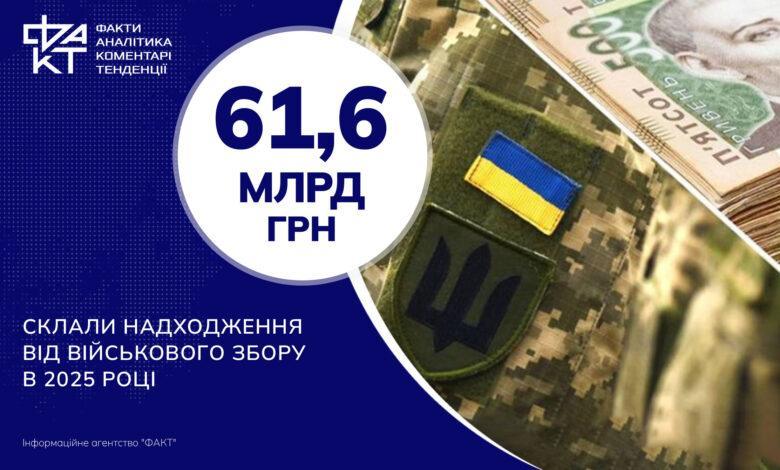Five-month record: state budget revenues from military levy increased fourfold

During the first five months of 2025, the state budget of Ukraine received more than 61.6 billion hryvnias in military levies, which is almost four times more (by 45.2 billion hryvnias) than in the same period last year. About this reported State Tax Service of Ukraine.
In January–May 2024, this amount was only 16.4 billion. This information was made public by the tax service, clarifying that the most funds came from payers in Kyiv, Dnipropetrovsk, Lviv and Kharkiv regions.
Fiscal authorities explain the increase in revenues primarily by the fact that from December 2024, the tax rate for most payers has increased to 5%. In addition, a significant factor is the high level of tax discipline among citizens and businesses, who, according to tax officials, consciously fulfill their duties, understanding the importance of stable financing of the needs of the army.
Kyiv is expected to remain the leader in terms of payment amounts — more than 20 billion hryvnias. Next comes Dnipropetrovsk Oblast with over 7 billion, Lviv Oblast — almost 5 billion, and Kharkiv Oblast with a contribution of almost 4 billion.
Fee rates depend on the taxation system. For example, individual entrepreneurs on the simplified system (first, second and fourth groups) pay 10% of the minimum wage (i.e. 800 hryvnias in 2025) every month. Payers of the third group (except e-residents) deduct 1% of income every quarter. Entrepreneurs on the general system pay 5% of the net profit for the year. A rate of 5% of the accrued salary is also set for employees. Instead, servicemen and employees of the security and defense sector, in particular the Armed Forces, the Security Service, the National Guard, the border guard and other structures, withhold 1.5% from the monetary support, bonuses and additional payments.
It was previously reported that only in the first quarter of 2025, the state treasury received more than 34 billion hryvnias of this tax — this was already almost four times higher than in the first three months of last year.




